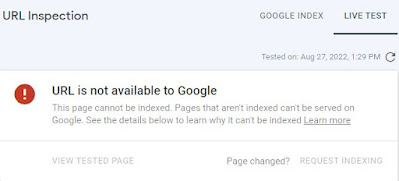Video Editing software

How to do video editing? Go to Google search and type video editing software, you will get much software of video editing . After download the video editing software save it and install the video editing software. If you take video from mobile or camera store memory and import into video editing software. Video editing software image-1 See the screen shot of video editing software application such as part one capture video have import video, import pictures and import audio or music. Part two Edit Movie have shown collections, view video effects, view video transitions, make titles or credits and make an AutoMovie. Last third one is Finish Movie have saved to my computer and send to DV camera. Video editing software image-2 From screen shot you can import video from your computer desktop hard disk data storage. After importing video then drag into the timeline format or frame. Before editing video take nice videos from your mobile or DSLR camera means digital single-lens reflex ca...





